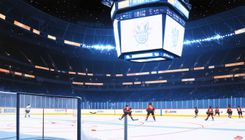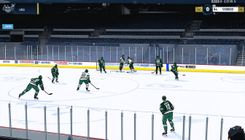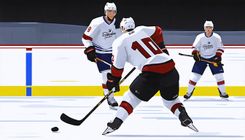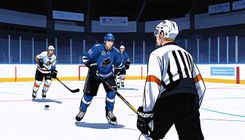NHL Collective Bargaining Agreement: A New Path for Prospects

The current NHL collective bargaining agreement (CBA) is set to expire in September 2026, a development that has historically caused concern among those following the league. However, this summer, the NHL owners and the NHL Players Association successfully agreed on a framework for a new deal. While the full Memorandum of Understanding has not yet been released to the public, key changes have been reported, with NHL insider Frank Seravalli highlighting one significant adjustment. Upon the implementation of the new CBA, each NHL team will be permitted to assign one 19-year-old prospect to their AHL team each season. This alteration has the potential to impact the developmental landscape for NHL prospects considerably.
Under the current agreement between the Canadian Hockey League (CHL) and the NHL, prospects drafted from one of the major Canadian junior leagues—specifically the Ontario Hockey League (OHL), Western Hockey League (WHL), or Quebec Major Junior Hockey League (QMJHL)—cannot be assigned to the AHL or ECHL until they are either 20 years old or have completed four seasons in the CHL. A notable exception exists for players drafted from other junior leagues who later join a CHL team. The first players affected by the new CBA are those born in 2007. For instance, Vancouver Canucks prospect Braeden Cootes, who will turn 19 in February 2026, could potentially be assigned to the Abbotsford Canucks that fall if the Vancouver management determines that his development would be better served away from the WHL.
This age-based assignment instead of draft year allows freshly drafted CHL players who turn 19 immediately after being drafted to bypass a return to the CHL altogether. A pertinent example is 2026-eligible top prospect Ryan Roobroeck, whose birthday is in September 2007. If Roobroeck signs his entry-level contract promptly and participates in his NHL team's development camp, the organization could assign him directly to the AHL instead of having him return to the Niagara IceDogs of the OHL. Such a development path can aid CHL-affiliated prospects who are not quite ready for the NHL but also do not require another year in junior leagues. Ultimately, this new regulation marks a significant shift in how NHL teams manage player development and could lead to optimized growth for young athletes.









